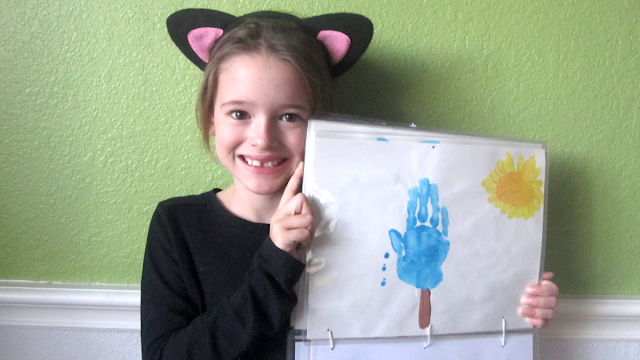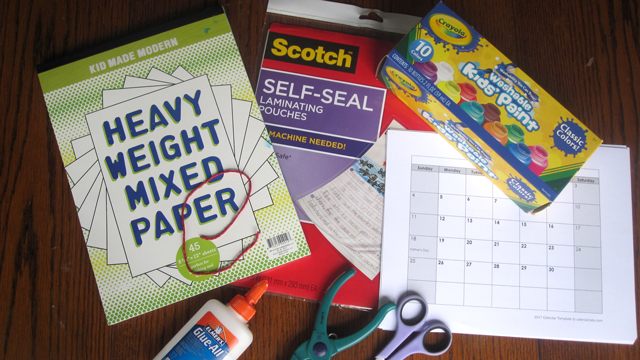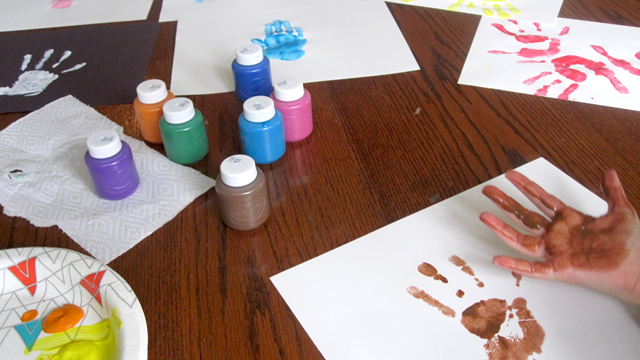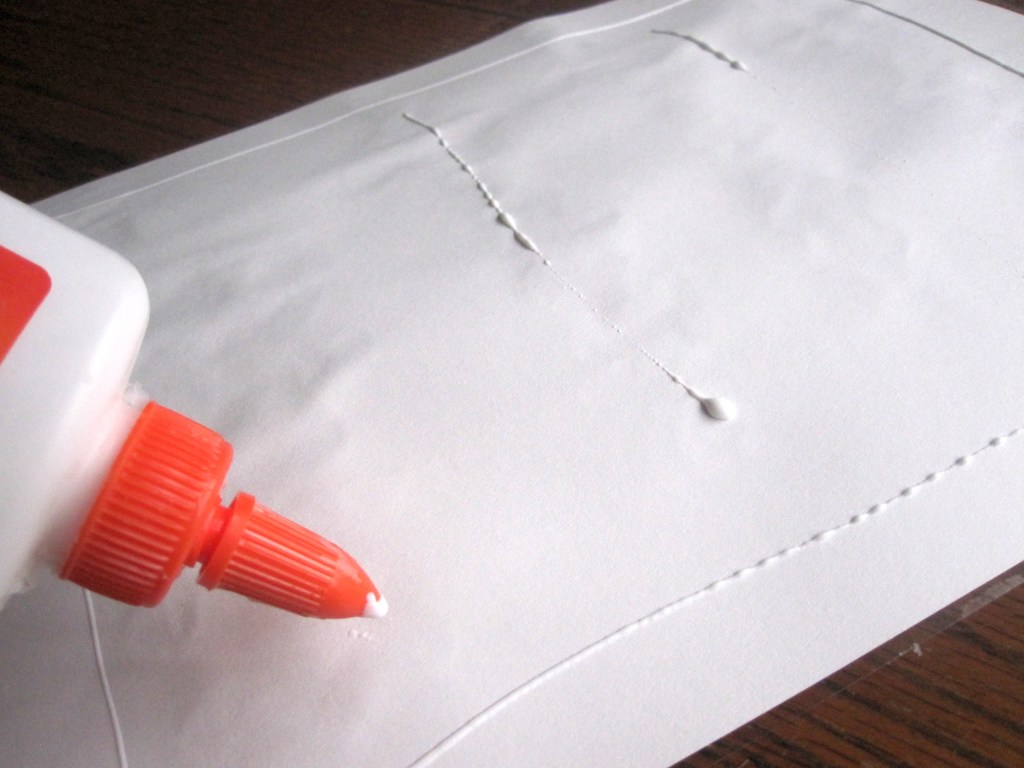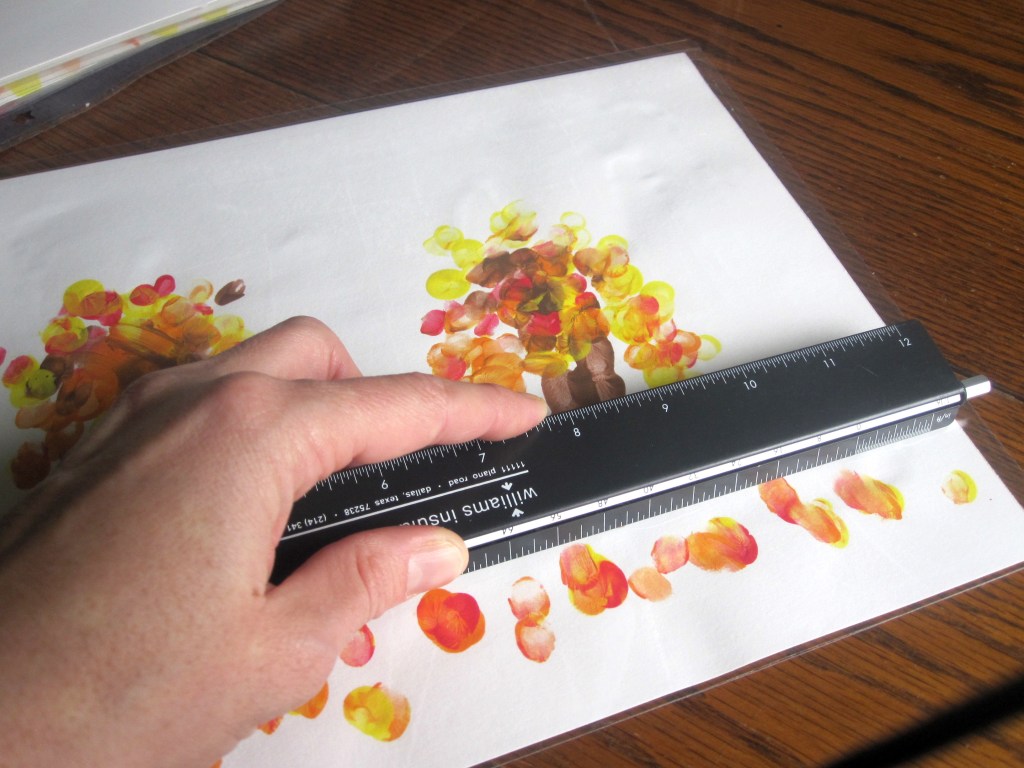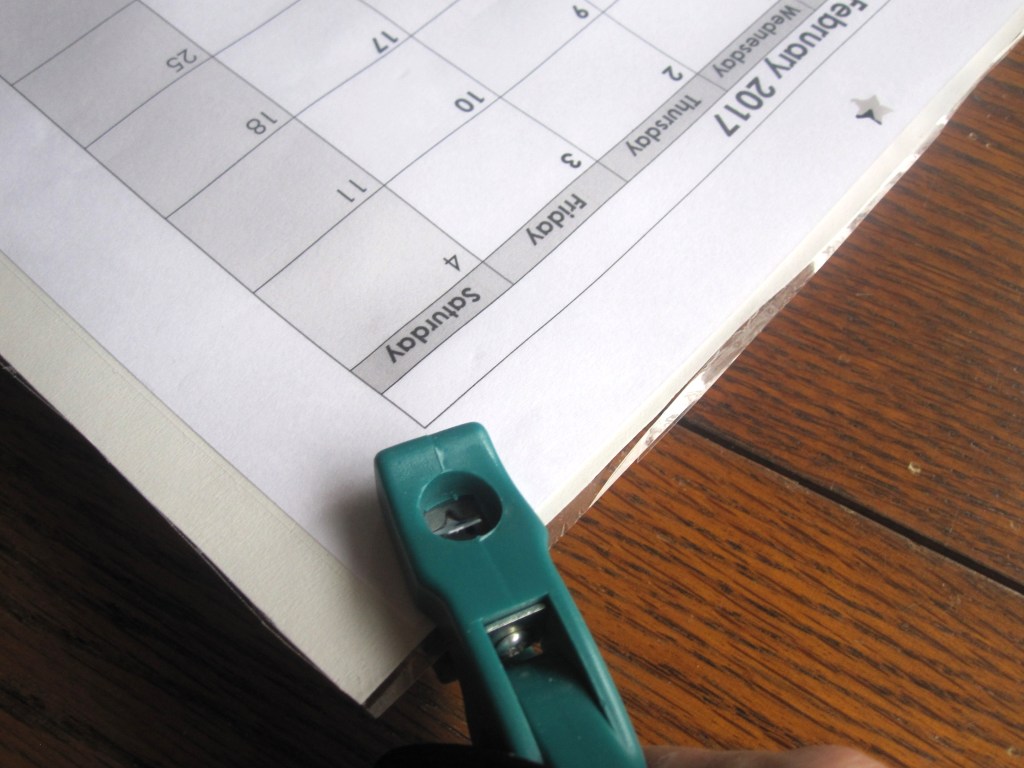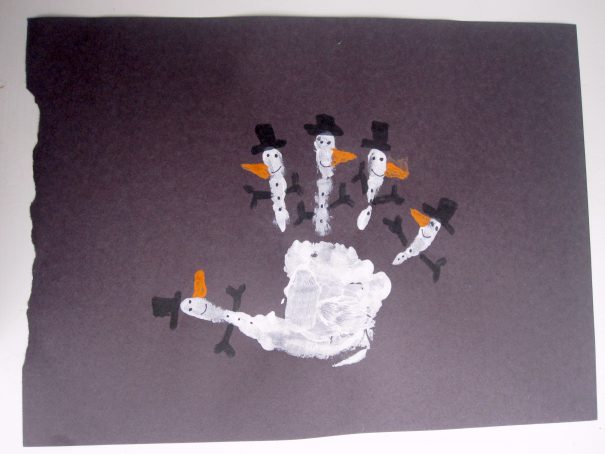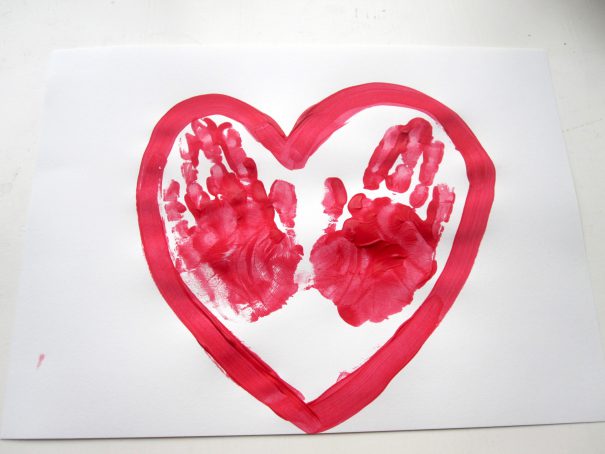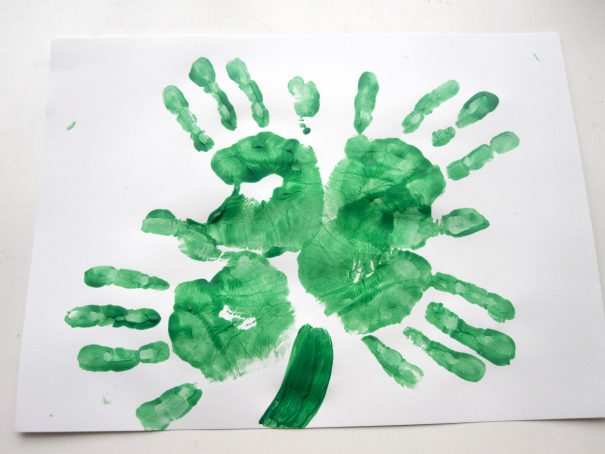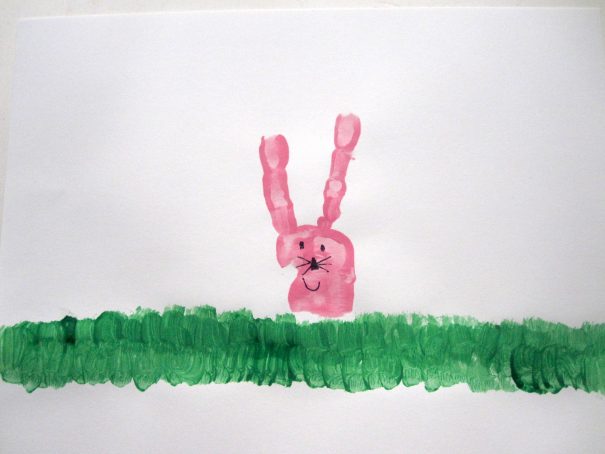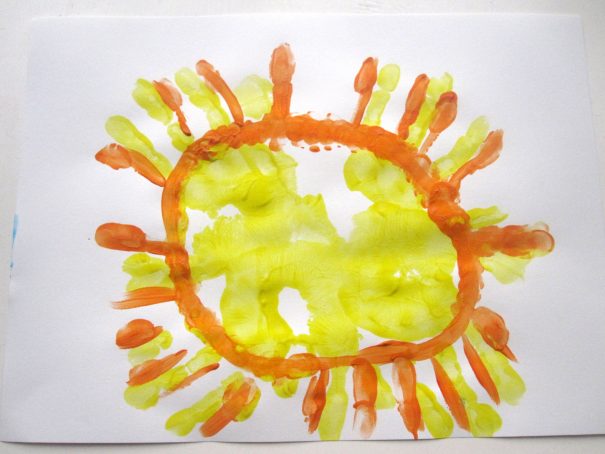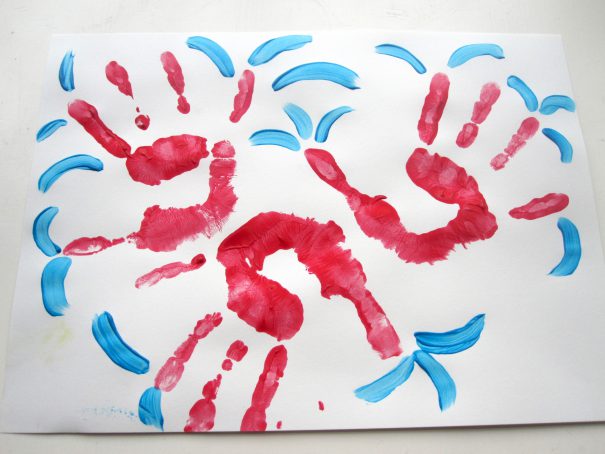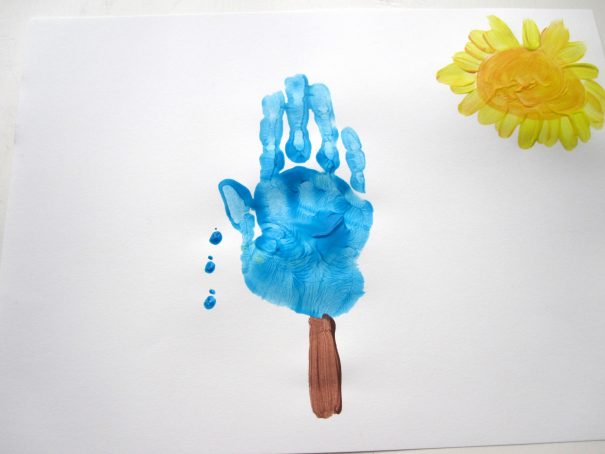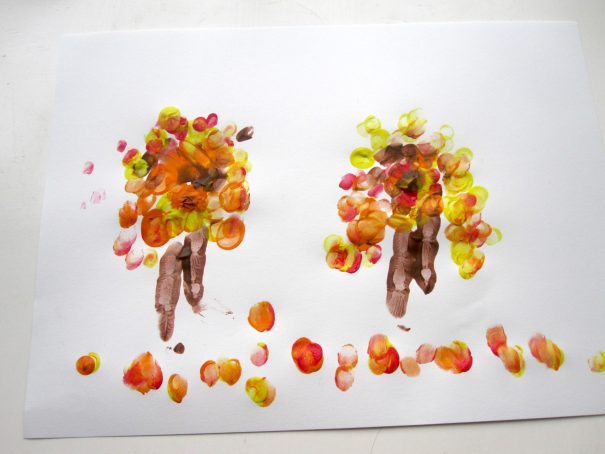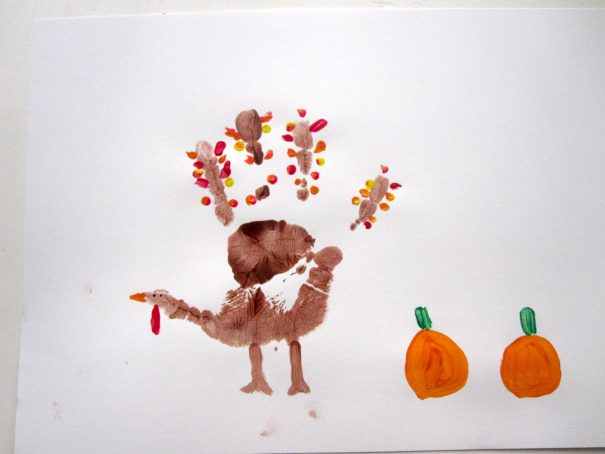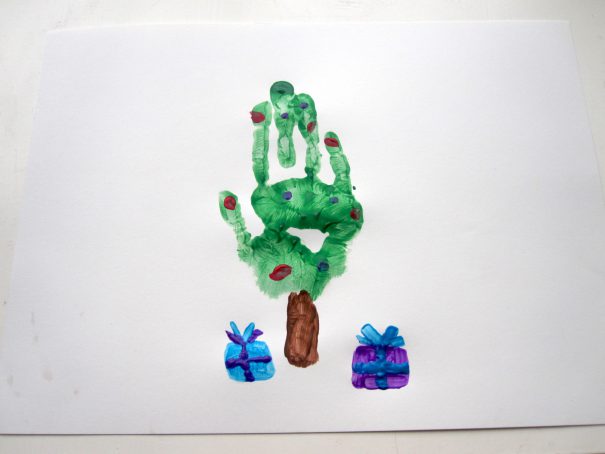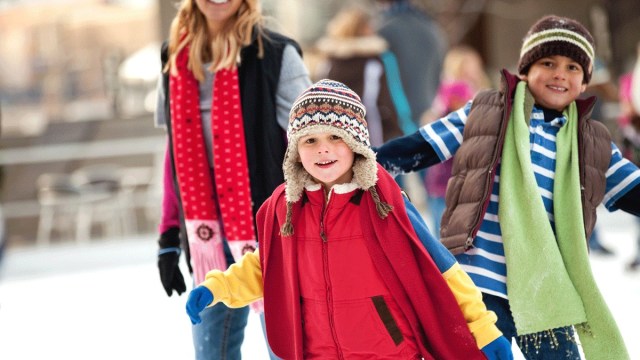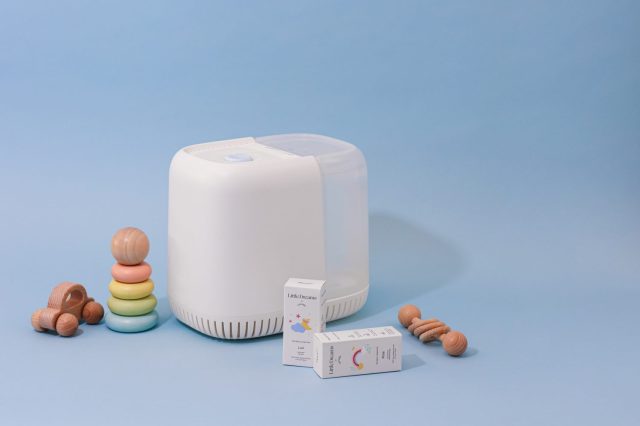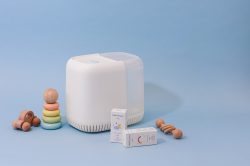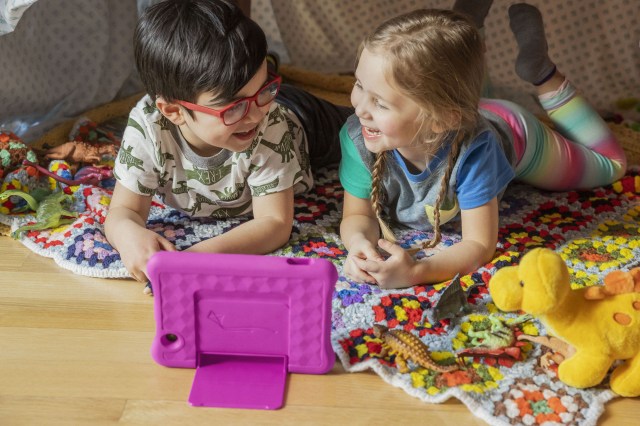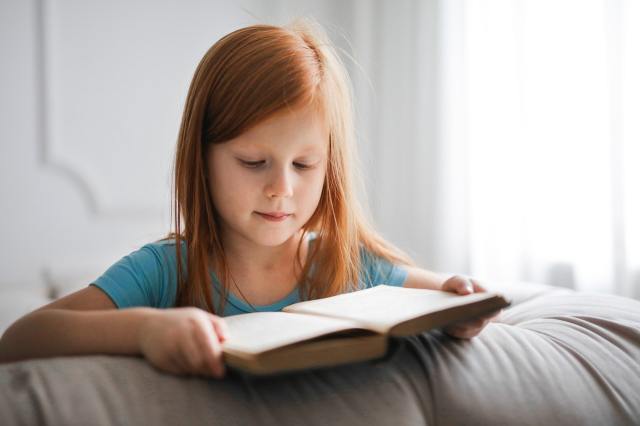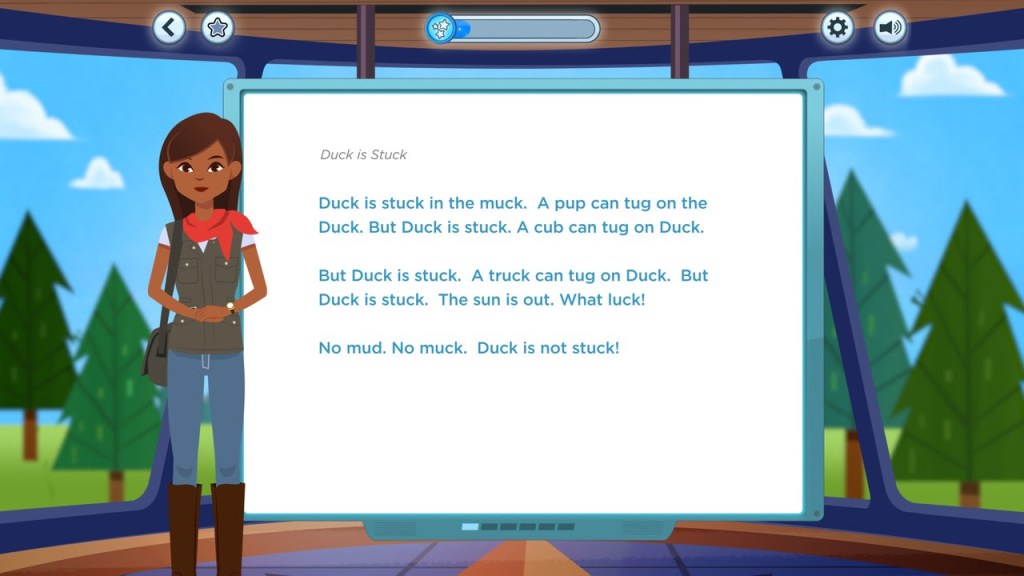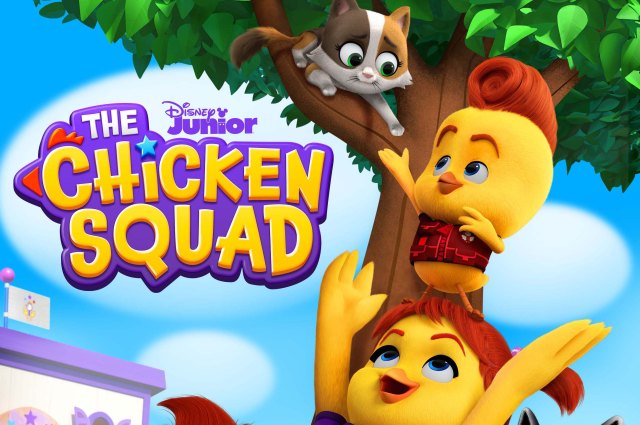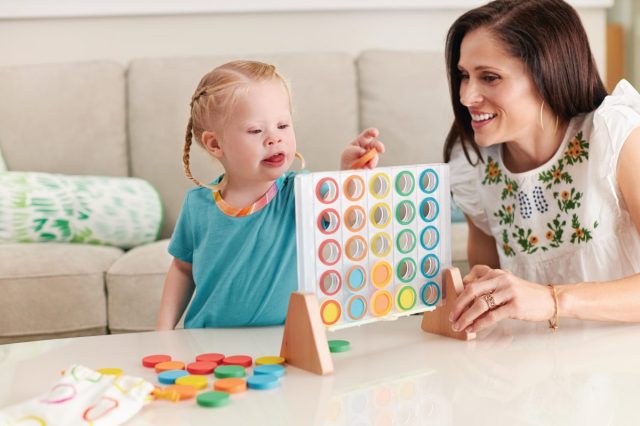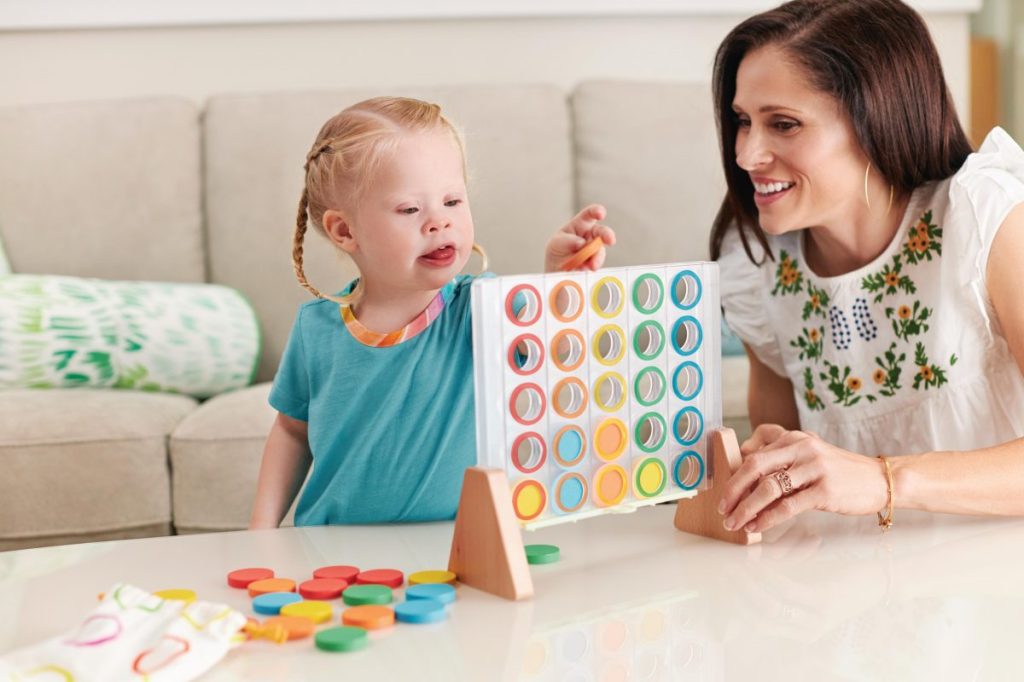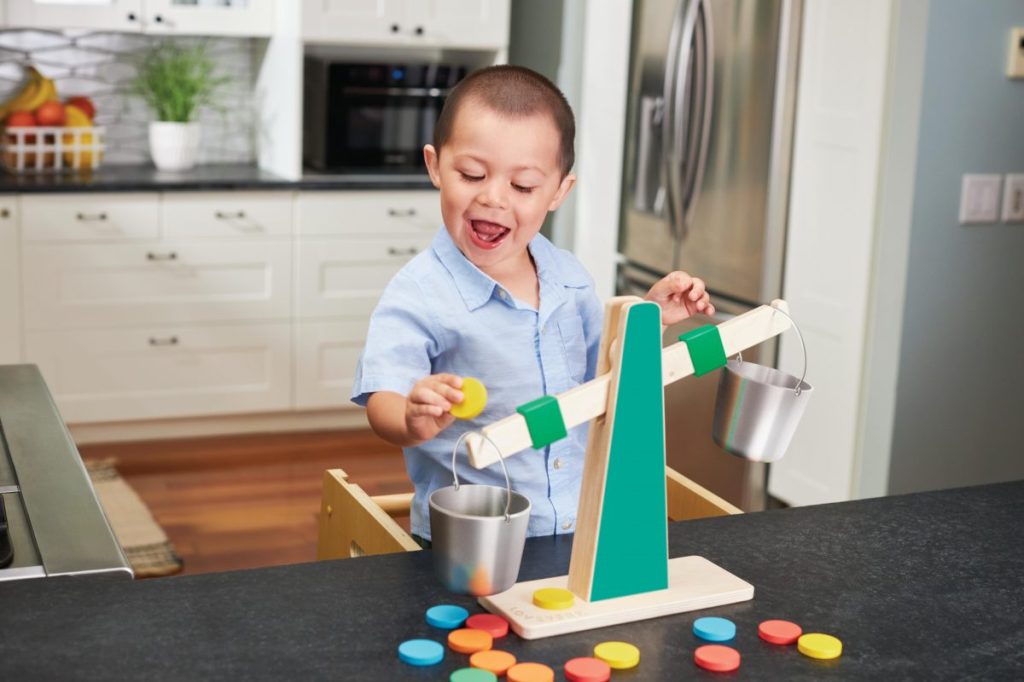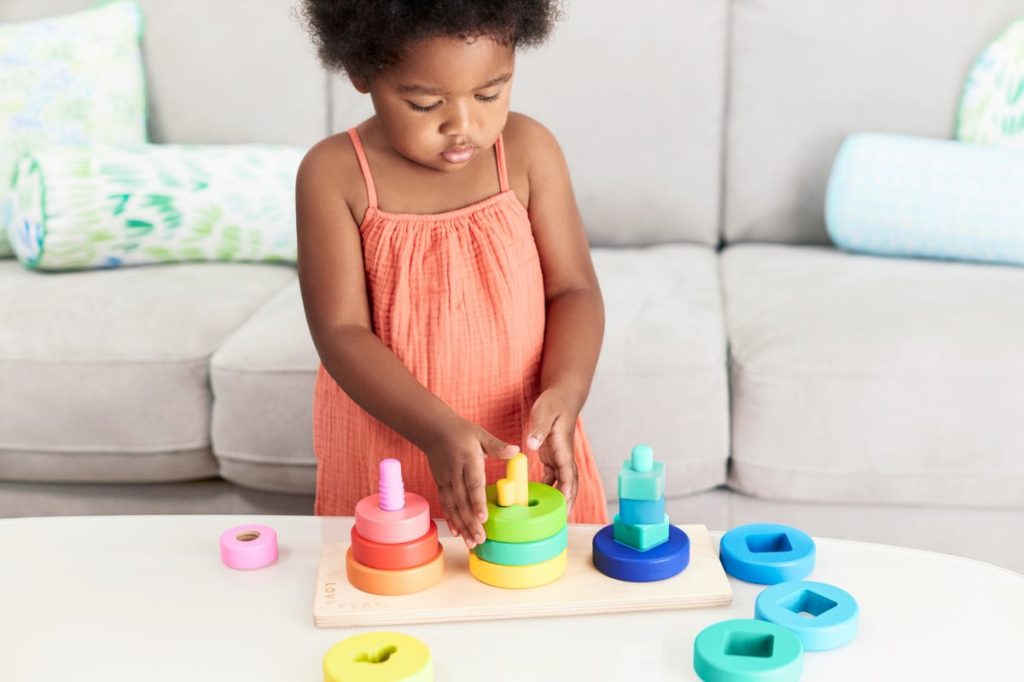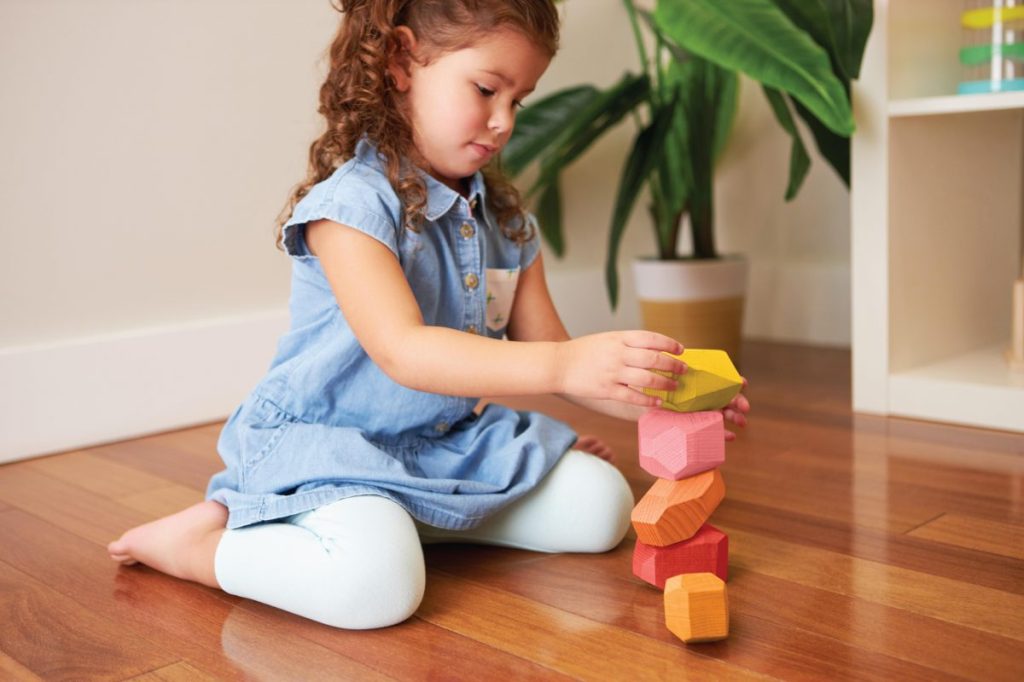This plan to help your kid “become a Santa” is honestly the greatest
In our family, we have a special way of promoting the kids from being on Santa’s list to becoming a Santa themselves. This way, the Santa construct is not a lie that gets discovered, but an unfolding series of good deeds and Christmas spirit. When they are eight or nine—whenever you see that dawning suspicion that Santa may not be a material being— that means the child is ready.
I take them out “for coffee.” We get a booth, order our drinks, and the following pronouncement is made: “You sure have grown an awful lot this year. Not only are you taller, but I can see that your heart has grown, too.” I point out two to three examples of empathetic behavior, consideration of people’s feelings, good deeds, etc, the kid has done in the past year.
“In fact, your heart has grown so much that I think you are ready to become a Santa Claus. You’ve probably noticed that most of the Santas you see are people dressed up like him. Some of your friends might have even told you that there is no Santa. A lot of children think that because they aren’t ready to BE a Santa yet, but YOU ARE.
“Tell me the best things about Santa. What does Santa get for all of his trouble? We work our way from “cookies” to the good feeling of having done something for someone else. “Well, now YOU are ready to do your first job as a Santa!”
Now for the fun part! Make sure you maintain the proper conspiratorial tone…
Santa is about being generous
We then have the child choose someone they know—a neighbor, usually. The child’s mission is to secretly, deviously, find out something that the person needs, and then provide it, wrap it, deliver it—and never, ever reveal to the target where it came from. Being a Santa isn’t about getting credit, you see. It’s about unselfish giving.
My oldest chose the “witch lady” on the corner. She really was horrible—had a fence around the house and would never let the kids go in and get a stray ball or frisbee. She’d even yell at them to play quieter. He noticed that she came out every morning to get her paper in bare feet, so he decided she needed slippers.
His next task was to go spy on her and decide how big her feet were. He hid in the bushes one Saturday and decided she wore a medium, so we went and bought warm slippers. He wrapped them up and tagged them: “Merry Christmas from Santa.” After dinner, he slipped down to her house and slid the package under her driveway gate.
Santa is about being a helper
The next morning, we watched as she waddled out to get the paper, picked up the present, and went inside. My son could hardly contain his excitement and couldn’t wait to see what would happen next. The next morning, as we drove off, there she was, out getting her paper—wearing the slippers. He was ecstatic. I had to remind him that no one could ever know what he did, or he wouldn’t be a Santa.
Over the years, he chose a good number of targets, always coming up with a unique present just for them. One year he chose the daughter of some friends of ours, who were going through some tough times. With the help of his father, he polished up his bike, put a new seat on it, and with her parents’ permission, placed it on their back porch. The look on her face when she saw the bike with a big bow on it was almost as good as the look on my son’s face.
When it came time for son #2 to join the ranks, my eldest came along and helped with the induction speech. They are both excellent gifters, by the way, and never felt that they had been lied to—because, instead, they were let in on the “Secret of Being a Santa.”









